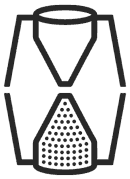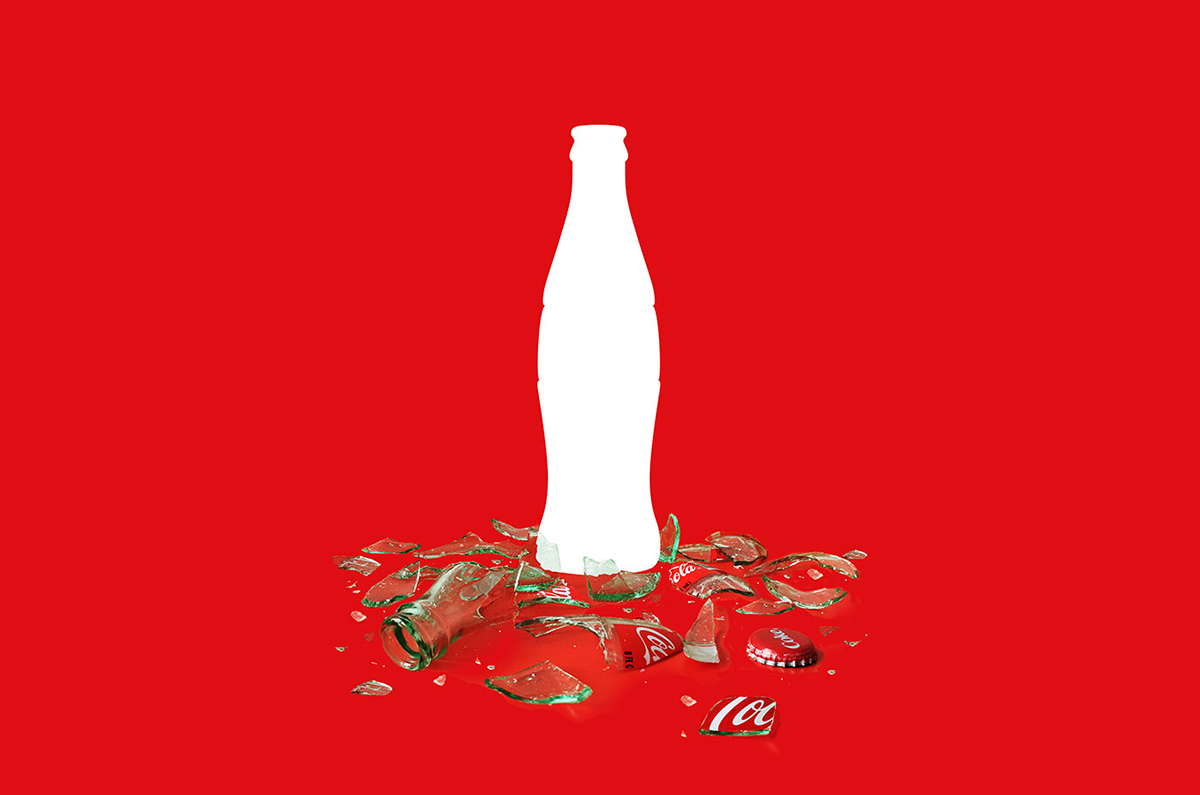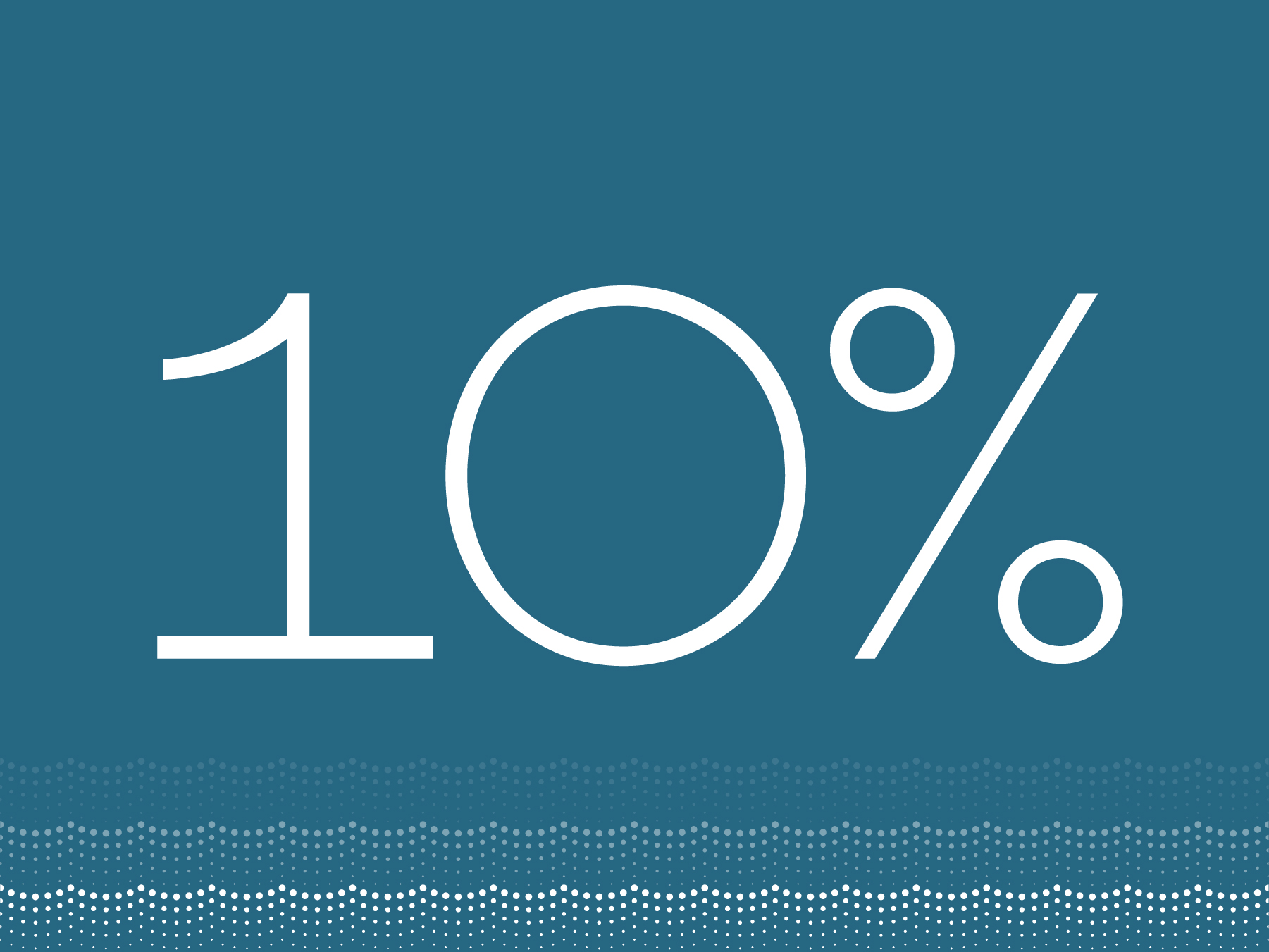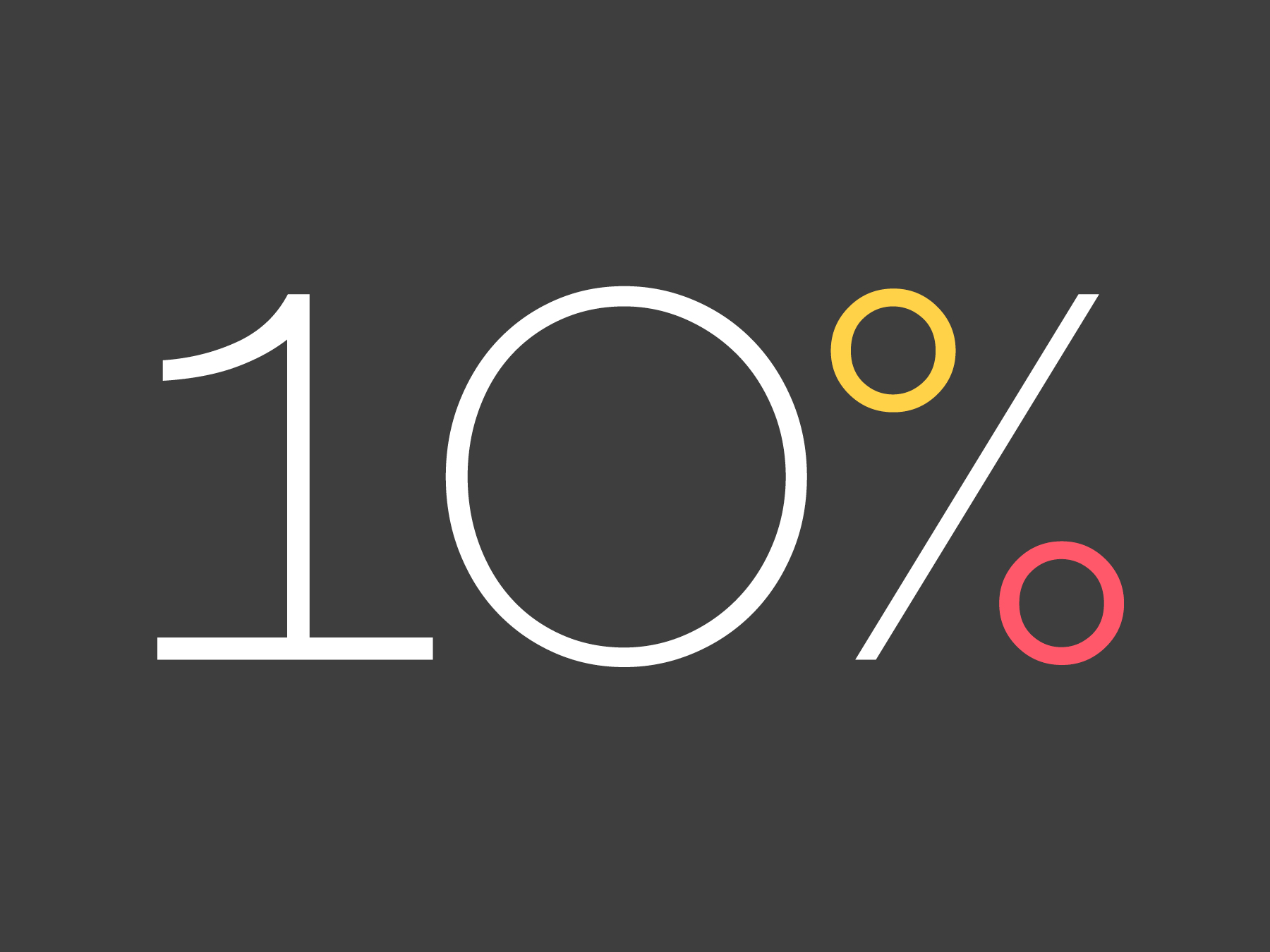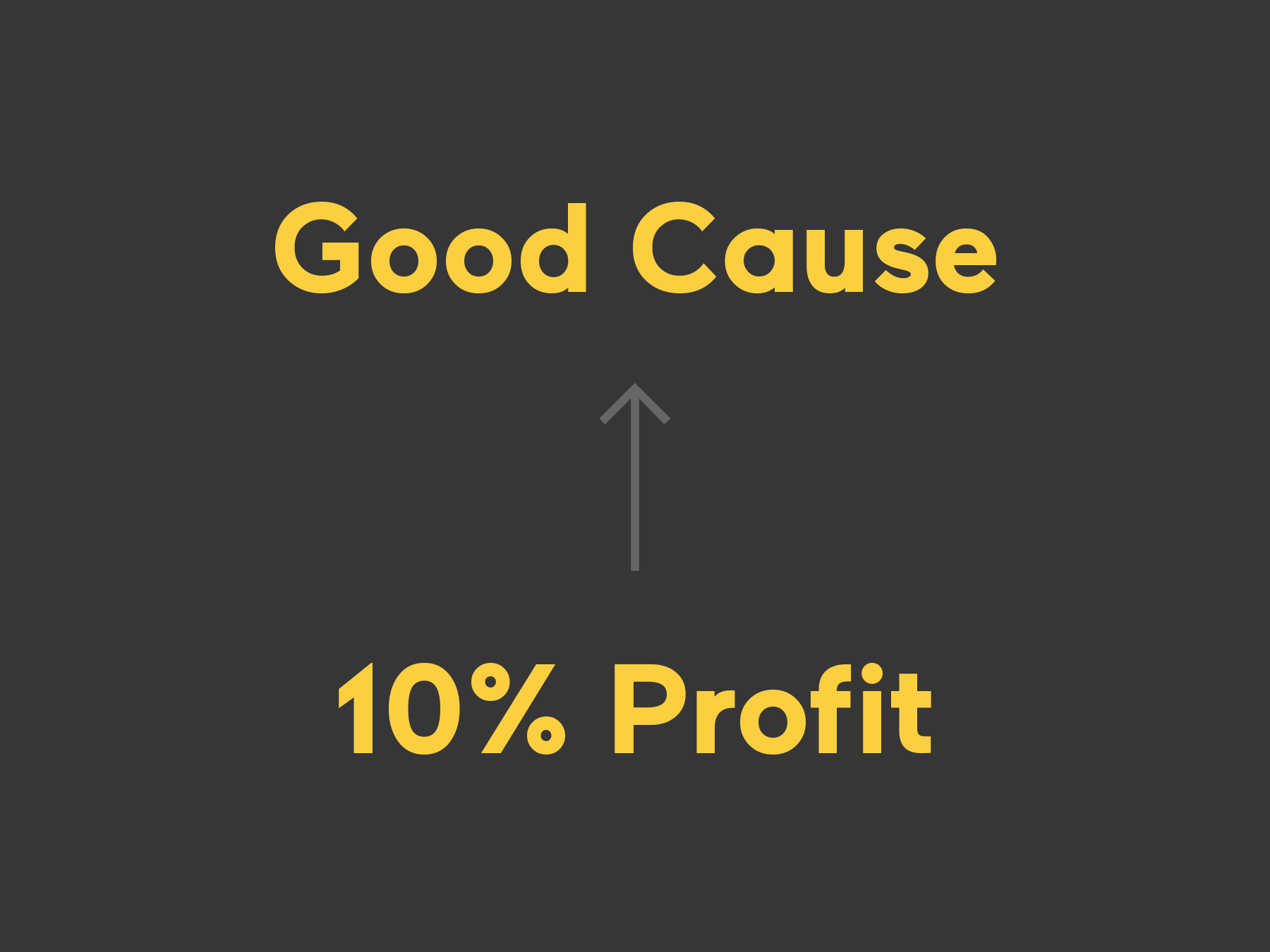Is subvertising sustainable?
Category: Opinion
Corporate brands were once defined by strict application. An individual logo typically came with a set position, a few associated typefaces, and a finite colour palette. Freedom was limited. This isn’t always the case today.
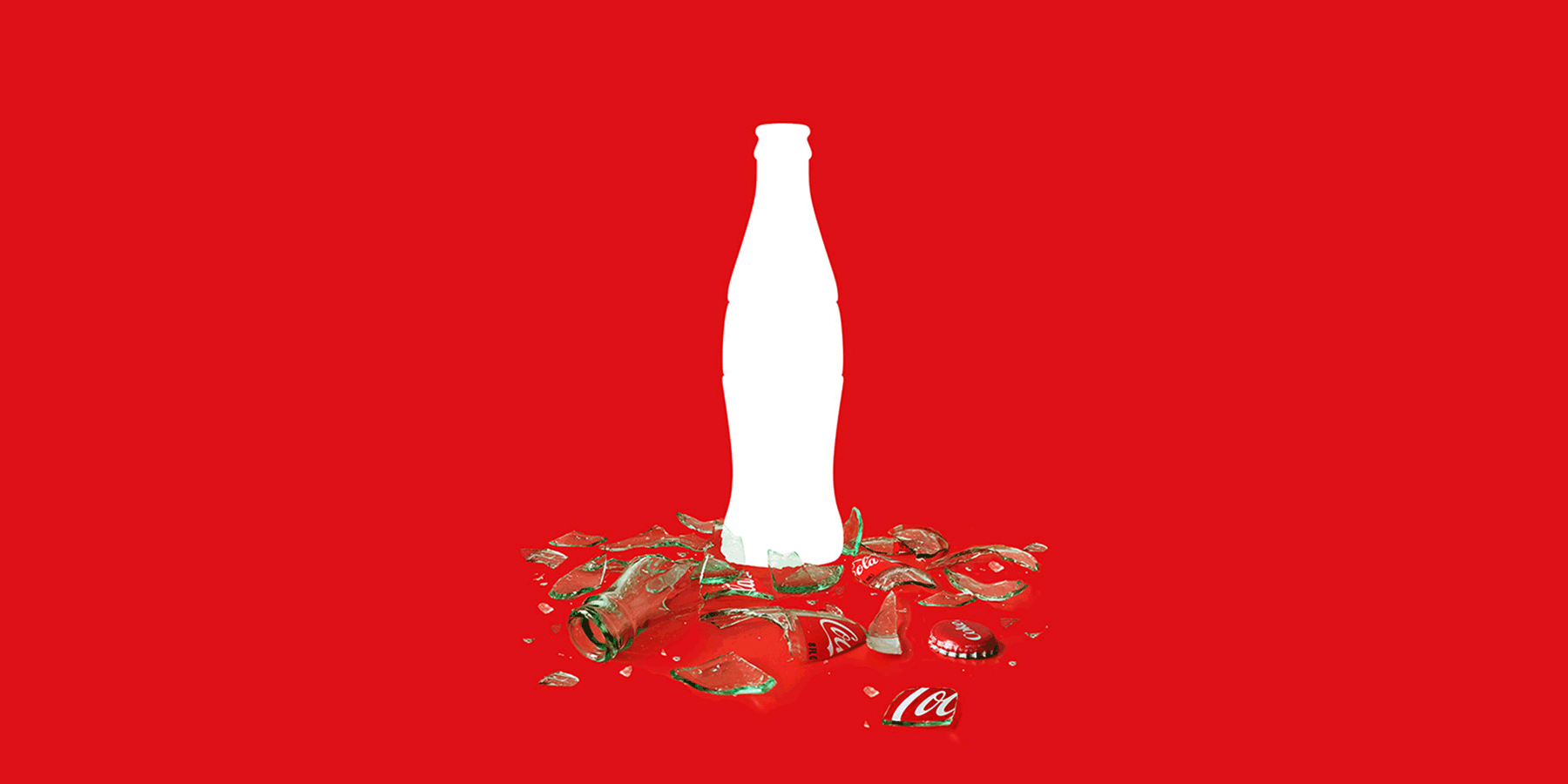
Great care is still taken, but multiple marques, extended colour palettes, and numerous typefaces are now interchangeable assets within complex visual identity systems. Many brands are designed to deliberately encourage experimentation.
Advances in graphic design software have helped to democratise creative asset availability and manipulation. If you have access to the files and the software then you’re free to try your hand at brand subversion. However, just because you can doesn’t mean you should.
James Sommerville, vice president of global design at Coca-Cola, recently crowdsourced a collection of commercially minded artists, designers and illustrators. They had the files and the software, so Sommerville decided to invite them to take part in Kiss the Past Hello. The project is painfully described as a ‘contour design mash-up campaign’. The result is a collection of red, white and black posters, all intended to celebrate the 100th anniversary of Coke’s trademarked glass bottle.
Where aesthetic alone is concerned, several of Sommerville’s chosen designs have more in common with Adbusters style projects than they do with traditional commercial advertising. They depict Coca-Cola in low-fi halftone patterns, harsh blurs, and anarchic smashed glass.

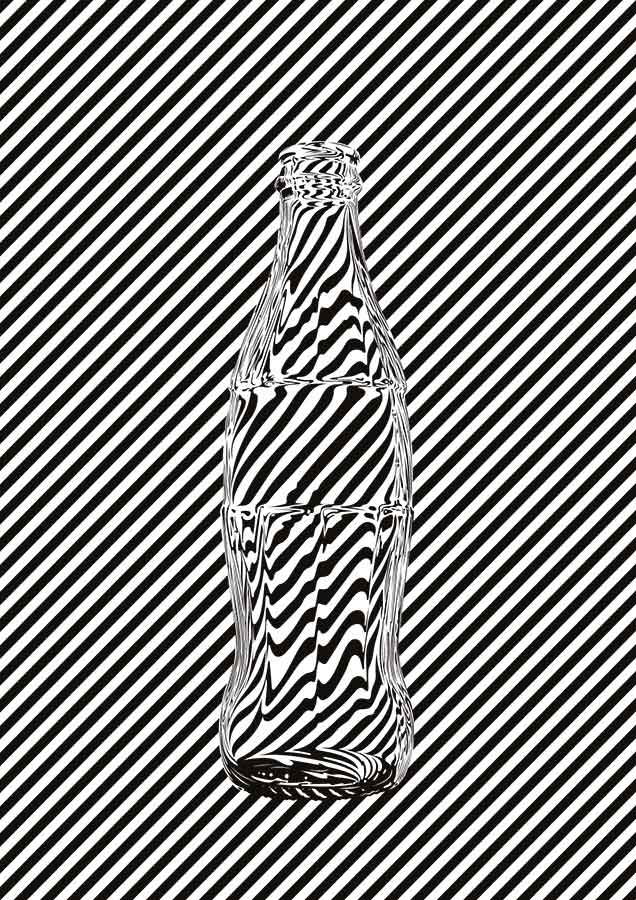
Adbuster Kalle Lasn previously approximated the form of Nike’s iconic logo in freehand paint, creating a bold anti-capitalist statement titled Rethink the Cool. The work challenged Nike’s authority and form. The rules have changed since Lasn put paint on paper. The popularity of counterculture projects like those created by Adbusters have inevitably led to the commercialisation of subversive aesthetic style. After kissing the past hello, the less media literate might be forgiven for confusing Rethink the Cool for another corporate ‘contour design mash-up campaign’.
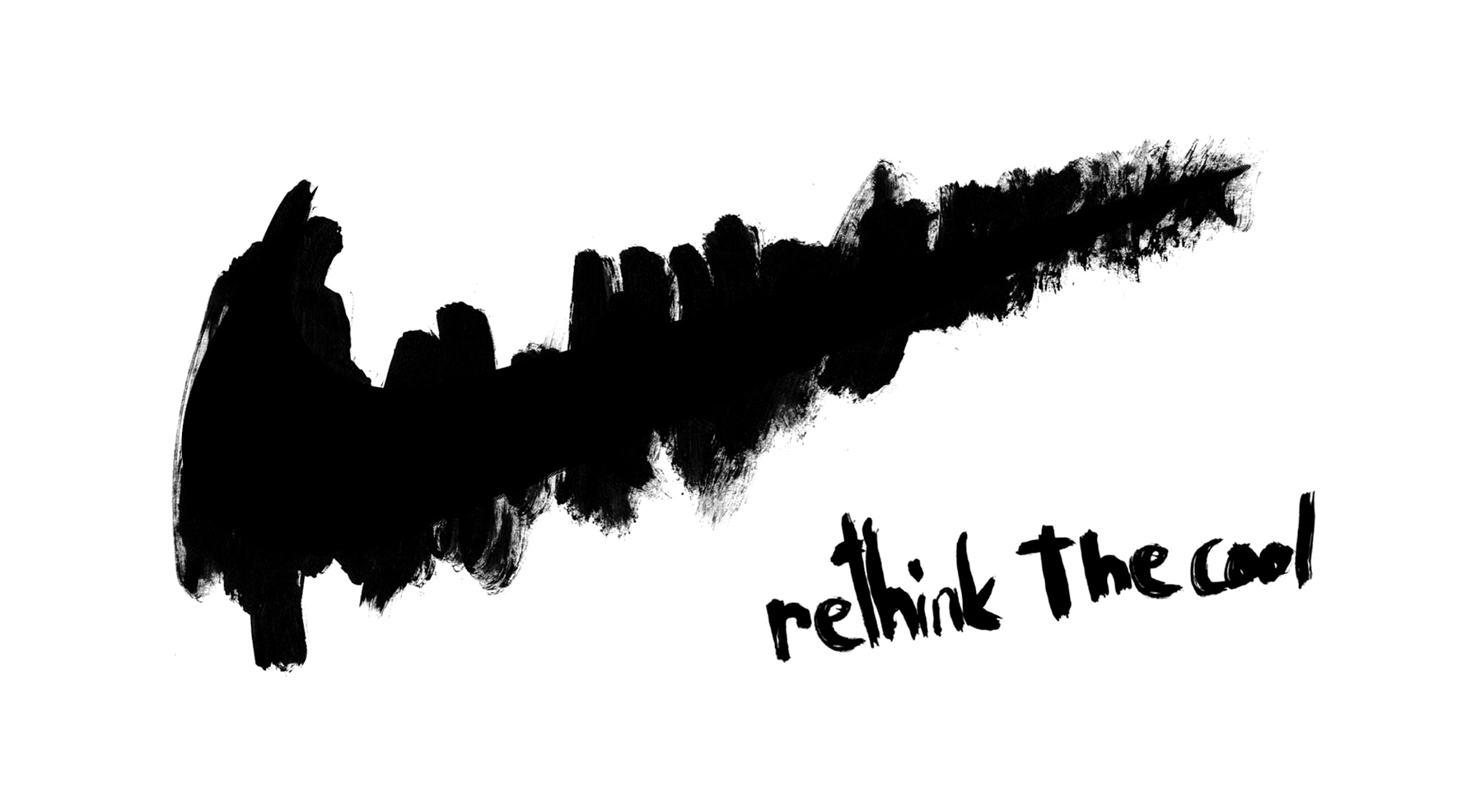
Having survived brand attack companies now possess newfound brand confidence. They’ve endured manipulation and as a consequence they’re content to take a chance on identity systems that allow for less control. Therefore contemporary brands don’t so readily make for the found tools of activism. They are harder to subvert in a discernible style, precisely because they encourage subversion in the name of self-promotion.
In turn the act of creating clear and direct campaign communications has become more complex. The correct interpretation of subvertised brands and subversive graphic design requires more time and thought, whilst concurrently good causes call for immediacy.
So if brand assets are easy to obtain, no longer fixed, and content to court their own manipulation, is subvertising still sustainable, or relevant? Should the practice continue within a campaign context? Alternatively is it time to be less haphazard and increasingly careful and consistent with campaign design? At the least we should be reconsidering our options. Kiss the past goodbye.
